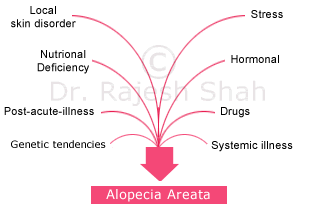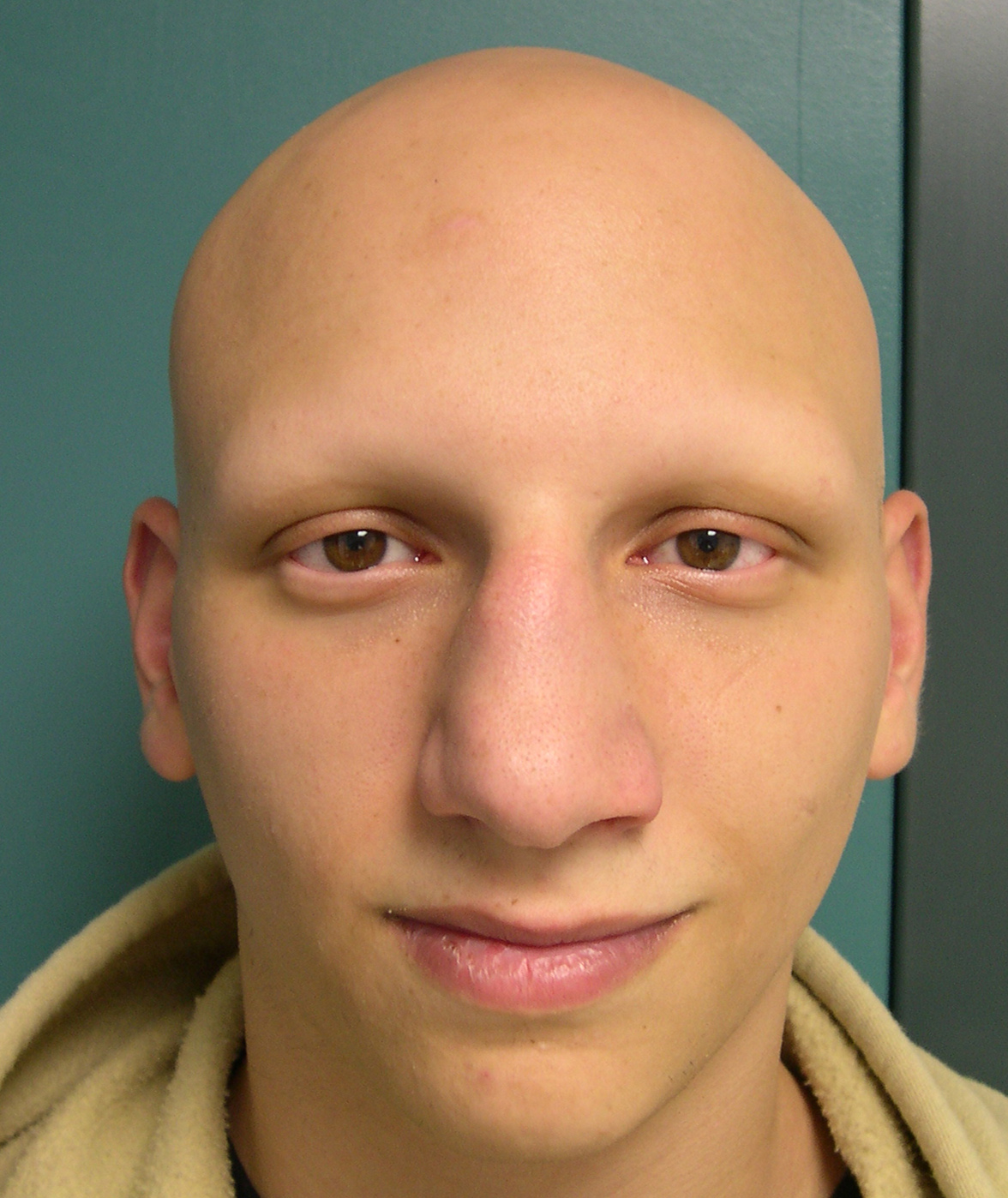

The most commonly employed treatment for limited involvement is application of topical steroids. Unfortunately, there is no definitive cure for alopecia areata. Roughly 30% of patients may experience future episodes of hair loss. 3 A smaller percentage may progress to complete loss of scalp hair and will be less likely to recover completely. In patients with limited involvement, spontaneous regrowth is estimated to occur in up to 50% within 1 year. The course of alopecia areata is chronic and difficult to predict.
Alopecia universalis causes skin#
Rarely, a skin biopsy may be needed to confirm the diagnosis.

Rarely, the nails may be severely affected with discoloration, fragility and ridging.Īlopecia areata is usually a clinical diagnosis, based on the pattern and history of the hair loss. The most common change is a fine stippling or "pitting" on the surface of the nails. Some children may have associated nail abnormalities. Fortunately, most children will experience limited hair loss. Rarely, hair loss may progress to involve the entire scalp (alopecia totalis) or the entire body (alopecia universalis). Most children with alopecia areata are healthy, but it can sometimes occur in the setting of other autoimmune disorders, particularly thyroid conditions.Īlopecia areata usually presents on the scalp, but any body hair can be affected. Although a stressful event may precede the onset in some cases, it is likely that affected individuals possess an underlying genetic susceptibility. 2 The underlying cause is not well-understood, but appears to involve localized inflammation affecting the hair follicles. 1 Although it can occur at any age, up to 65% of patients experience their first episode before the age of 16. It is a relatively common condition, affecting up to 0.2% of the population. In some people, the condition can lead to depression, anxiety, and other emotional or psychological issues.Alopecia areata often appears suddenly, with 1 or more well defined round or oval patches of hair loss. However, it causes changes in a person's appearance that can profoundly affect quality of life and self-esteem.

The hair loss associated with alopecia areata is not painful or disabling. In addition to hair loss, some affected individuals have fingernail and toenail abnormalities, such as pits on the surface of the nails. In some cases, unpredictable cycles of hair loss followed by regrowth can last for years. The hair usually grows back after several months, although it may fall out again. Other rare forms of alopecia areata, which have different patterns of hair loss, have also been reported.Īlopecia areata affects people of all ages, although it most commonly appears in adolescence or early adulthood.

Uncommonly, the hair loss involves the entire scalp (in which case the condition is known as alopecia totalis) or the whole body (alopecia universalis). This patchy hair loss occurs most often on the scalp but can affect other parts of the body as well. In most people with alopecia areata, hair falls out in small, round patches, leaving coin-sized areas of bare skin. "Alopecia" is a Latin term that means baldness, and "areata" refers to the patchy nature of the hair loss that is typically seen with this condition. Alopecia areata is a common disorder that causes hair loss.


 0 kommentar(er)
0 kommentar(er)
